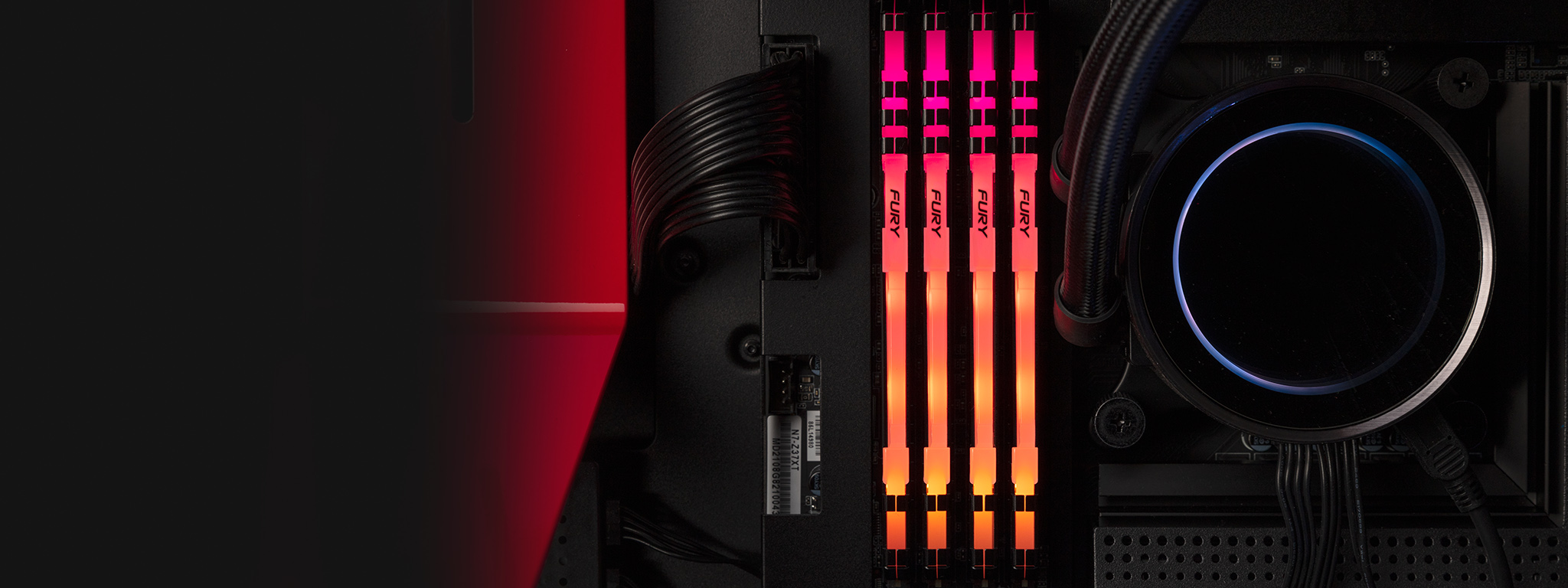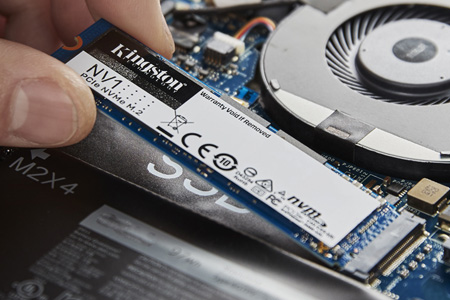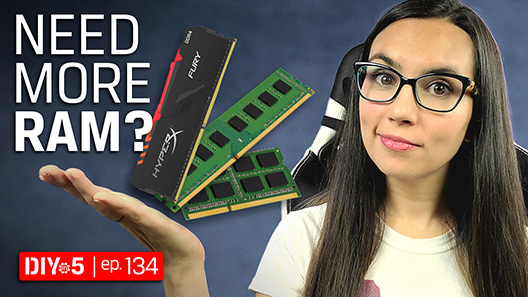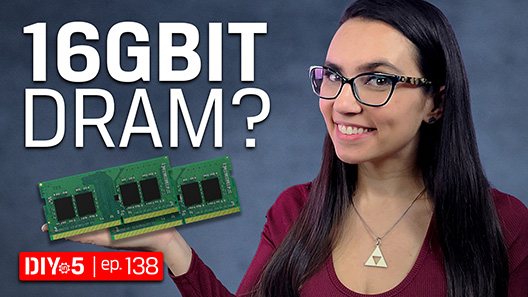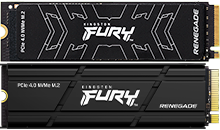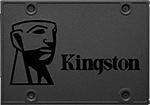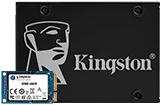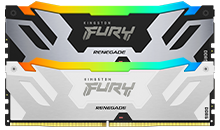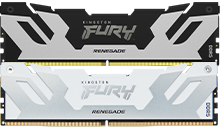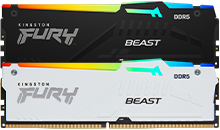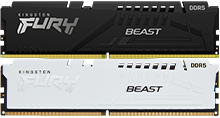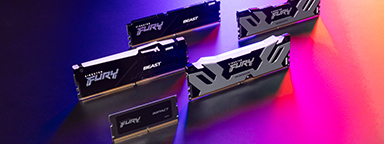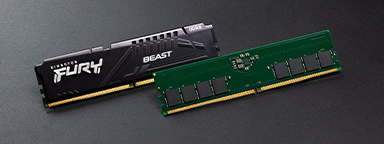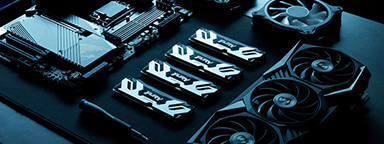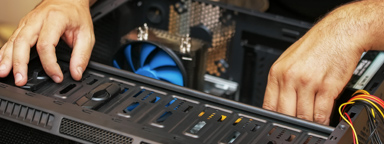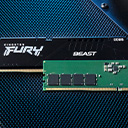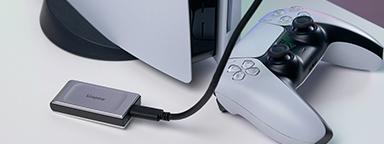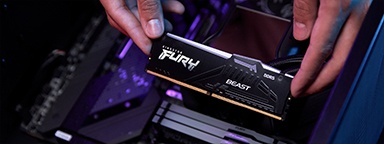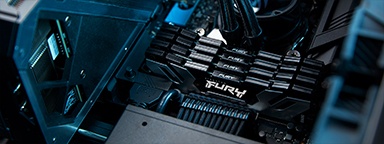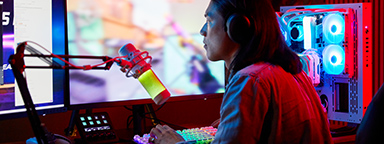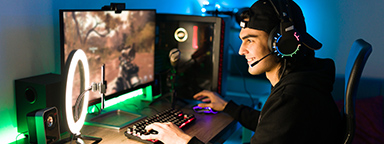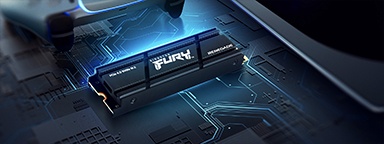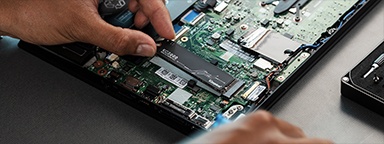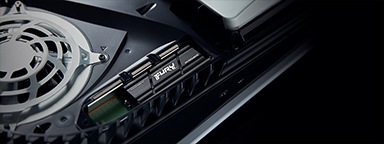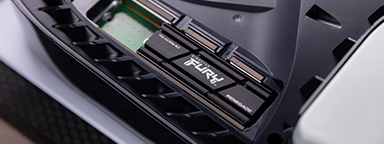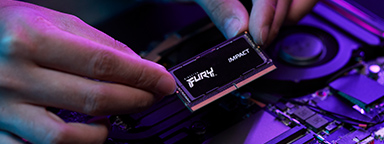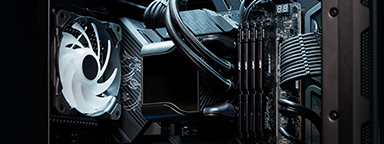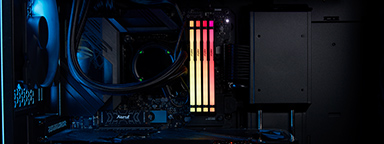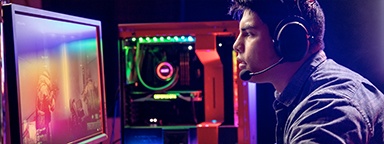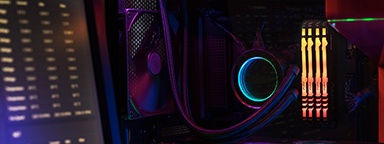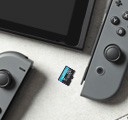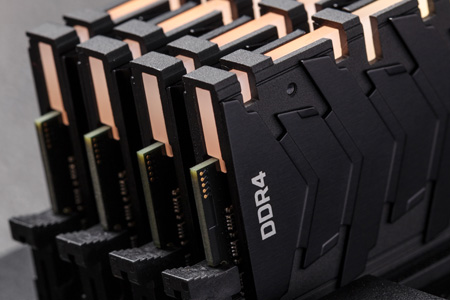
With news of the next generation of consoles flooding our tech radar lately, we’ve been inundated with numbers and specs than ever before. Seasoned PC gamers have been conditioned to expect the relentless march of technology that constantly launches new lines of every component at the expense of our wallets. But these days, with the confusion between naming, numbering and the adding of specs, it’s harder than ever to figure out what to want and what to buy. To help keep things straight as you consider your next purchases, let’s talk about one of the basics: memory.
As suggested by its name, memory is a measure of how much data a computer can remember or store. But just like the human brain, this is split into two separate functions: short-term and long-term memory. Short-term memory is basically wiped clean as soon as your computer’s done using what it had stored there or when you power down the system. Long-term memory is any files intended to be kept after the system is powered off and is known as storage.
When someone talks about how much memory a PS5, Xbox Series X or PC has, they’re likely talking about short-term memory. In technical terms, this is RAM, or Random Access Memory. When you think of RAM, what probably springs to mind are sticks like DDR4. You can visualise this as a sort of notepad that sits on your CPU’s desk, allowing it to keep things (pictures, files, calculations, programs, etc.) close at hand because it’s going to immediately do work with them. (For example, deploying maps or models quickly when they’re needed by applications.)

